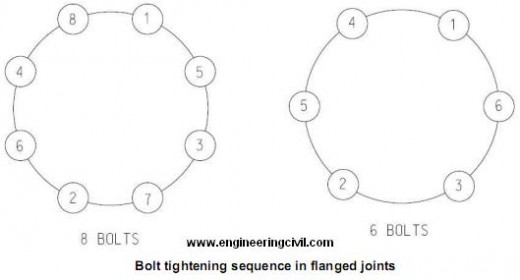There are suspected health hazard for using asbestos cement pipes for watermain. In drinking water the gastrointestinal tract cancer risk depends on the amount of asbestos swallowed. When asbestos cement pipes are in good condition, there should be little safety problem. However, when the pipes become aged so that some may break down, it then become a great hazard. When someone takes a little asbestos which are distributed to other parts of the body so that no single parts of the body have excessive amount of asbestos, the risk should be theoretically on the low side. The harmful effect of asbestos is its ability to accumulate in human body. The microscopic fibers lodged in tissues can act like time bombs and cause cancer years later. Since asbestos exposure is cumulative, adults have three or four decades to develop cancer after exposure while youngsters have six or seven.
However, according to the findings of WHO, asbestos fibres are too large to be absorbed during the digestion. Therefore, the chance of significant transmission of asbestos fibres would seem to be low. Some evidence suggests that high density asbestos-cement products pose no detectable isk to the public because asbestos fibres are carcinogenic only when inhaled but not ingested.
This question is taken from book named – A Self Learning Manual – Mastering Different Fields of Civil Engineering Works (VC-Q-A-Method) by Vincent T. H. CHU.

